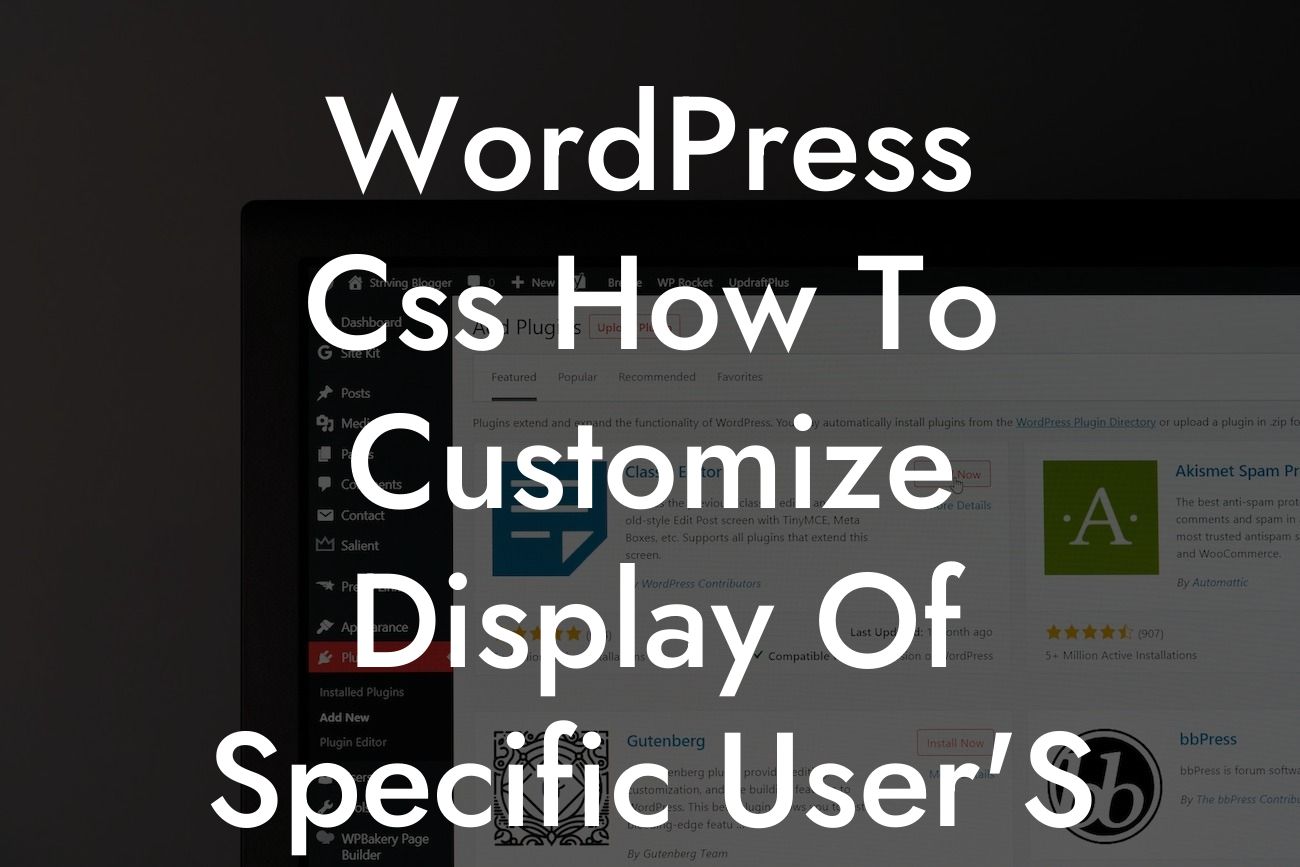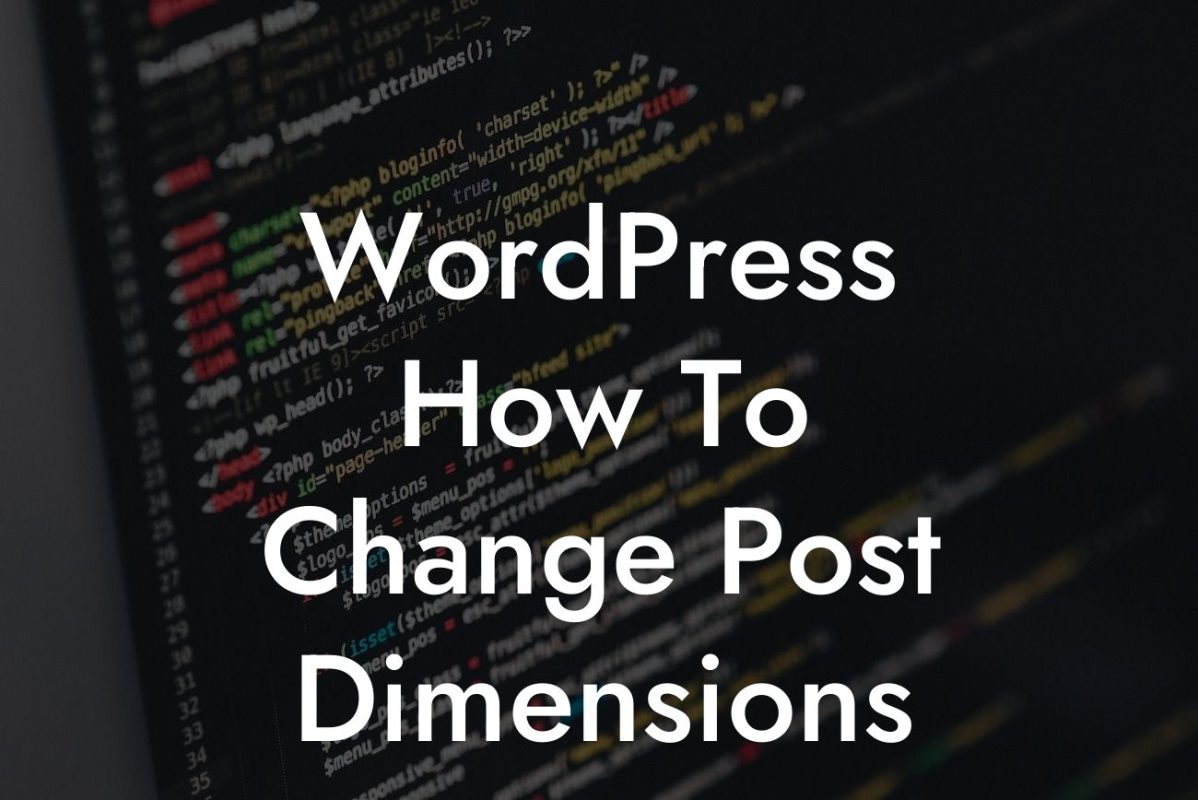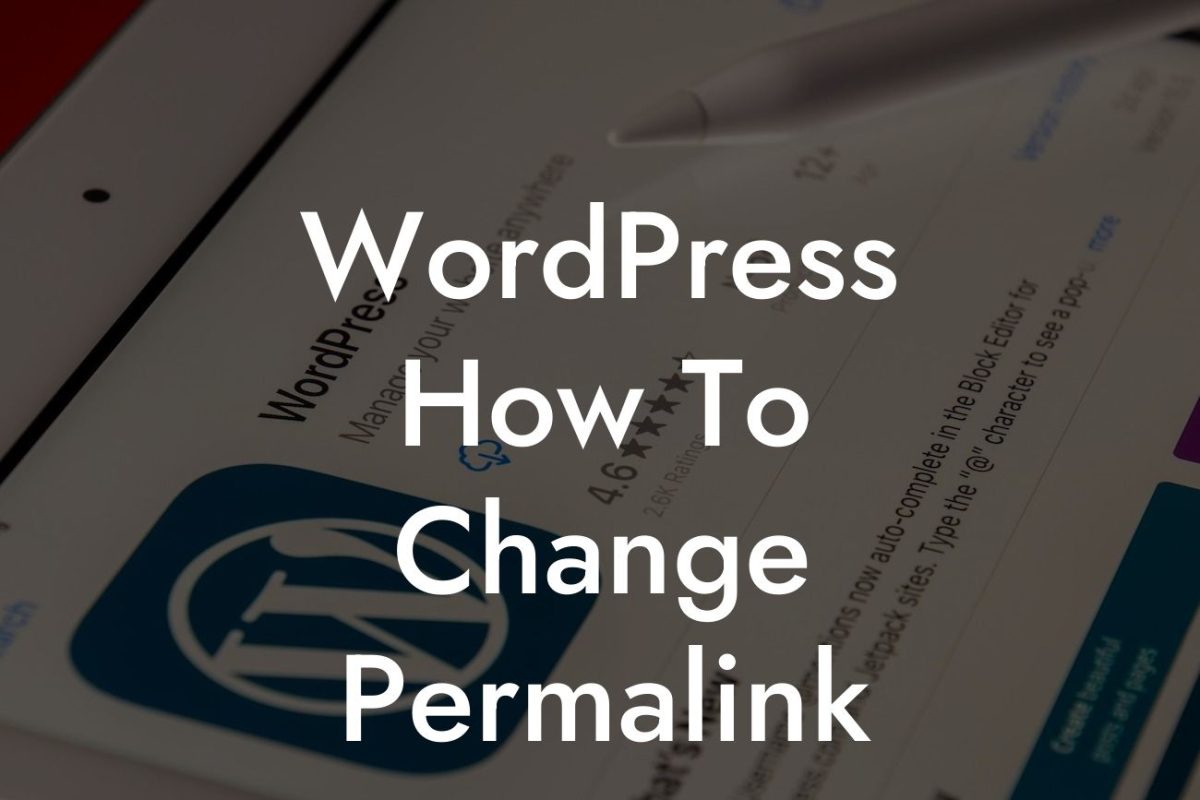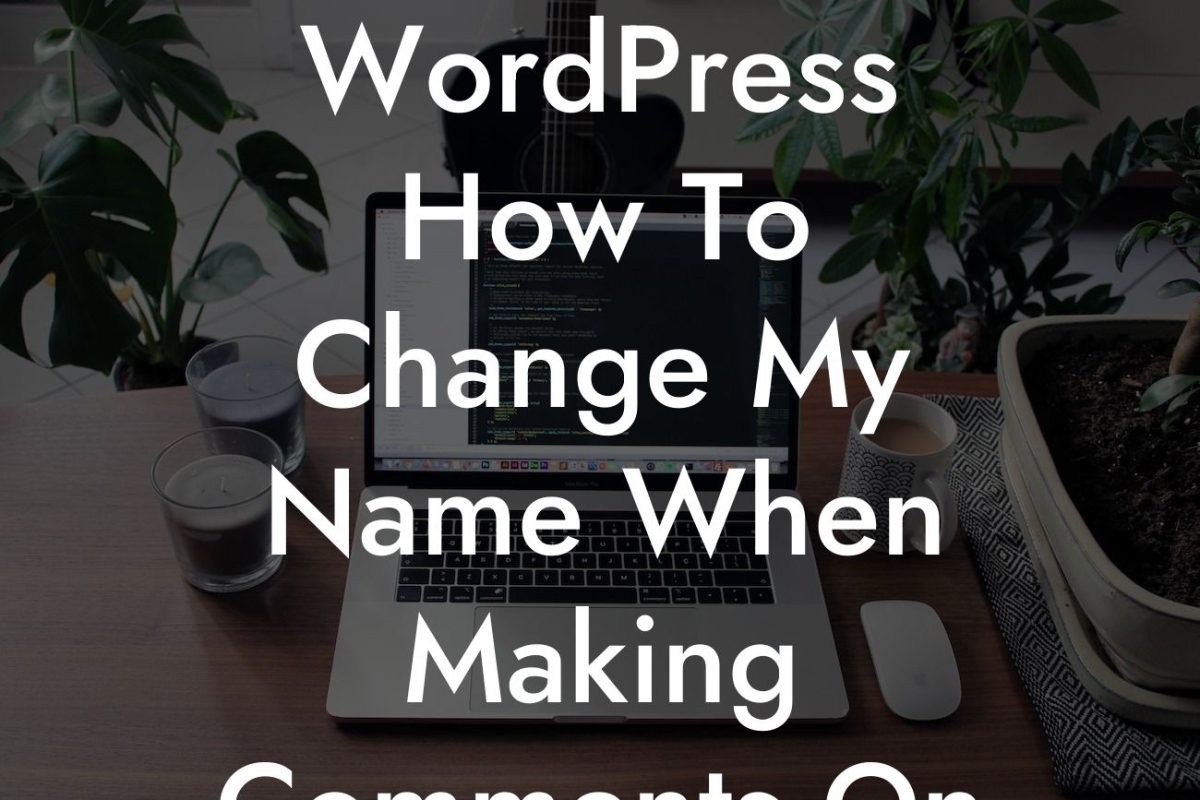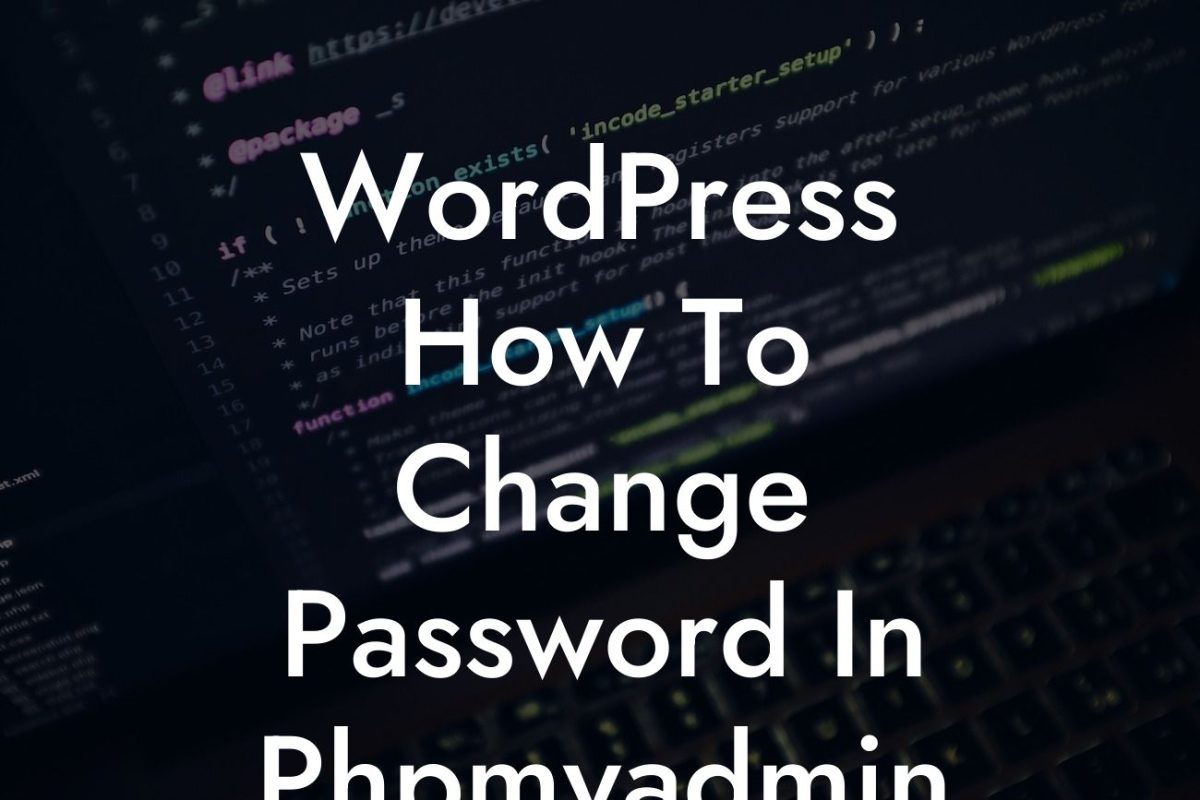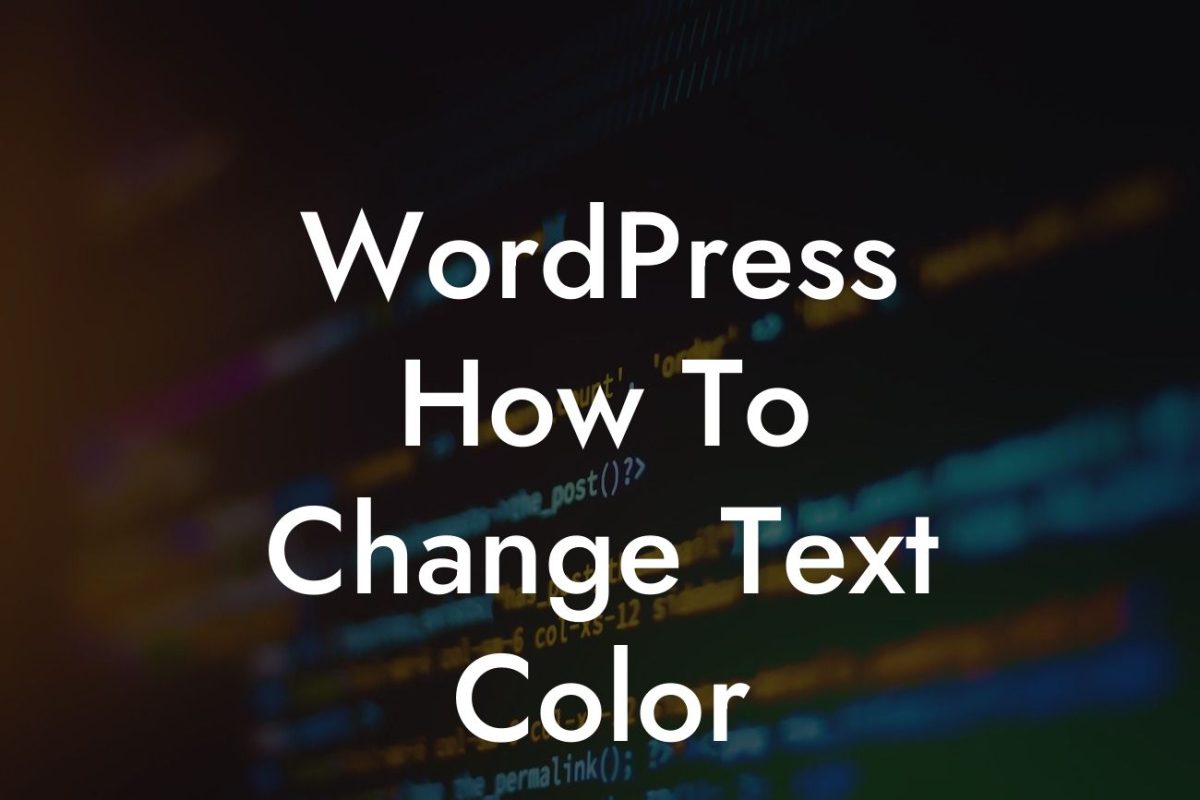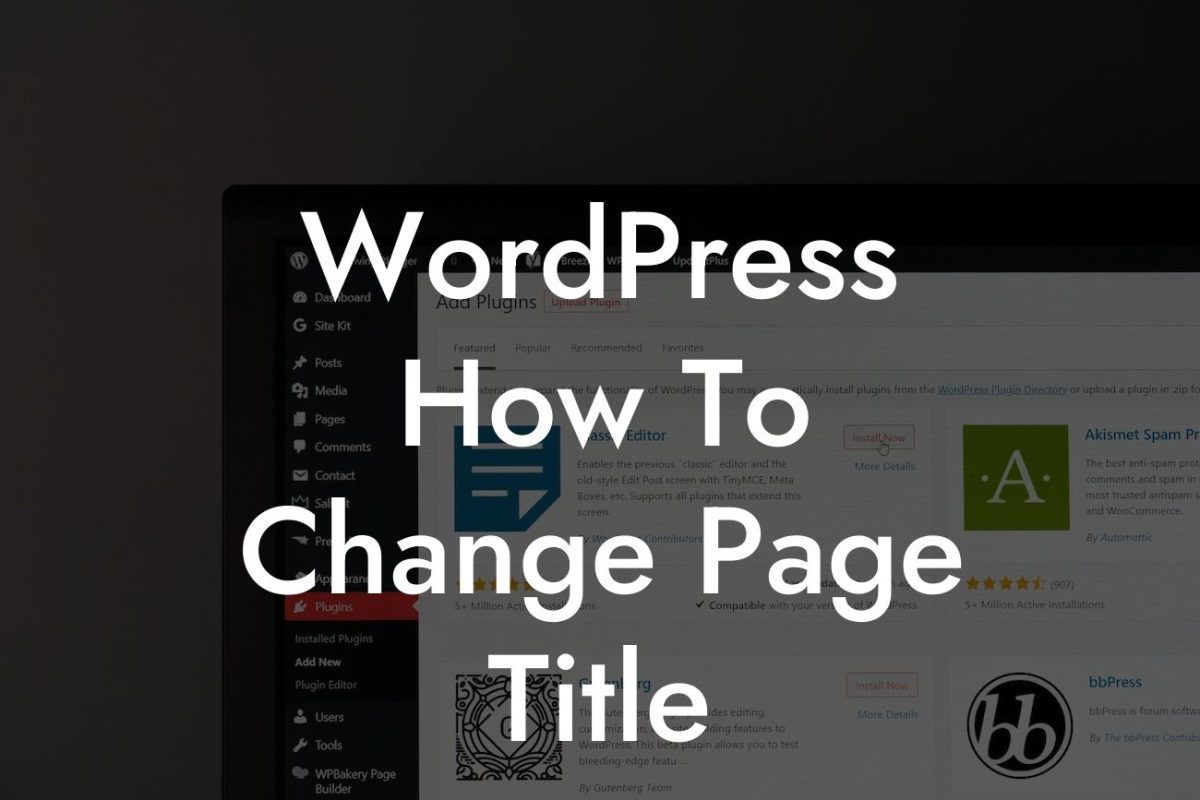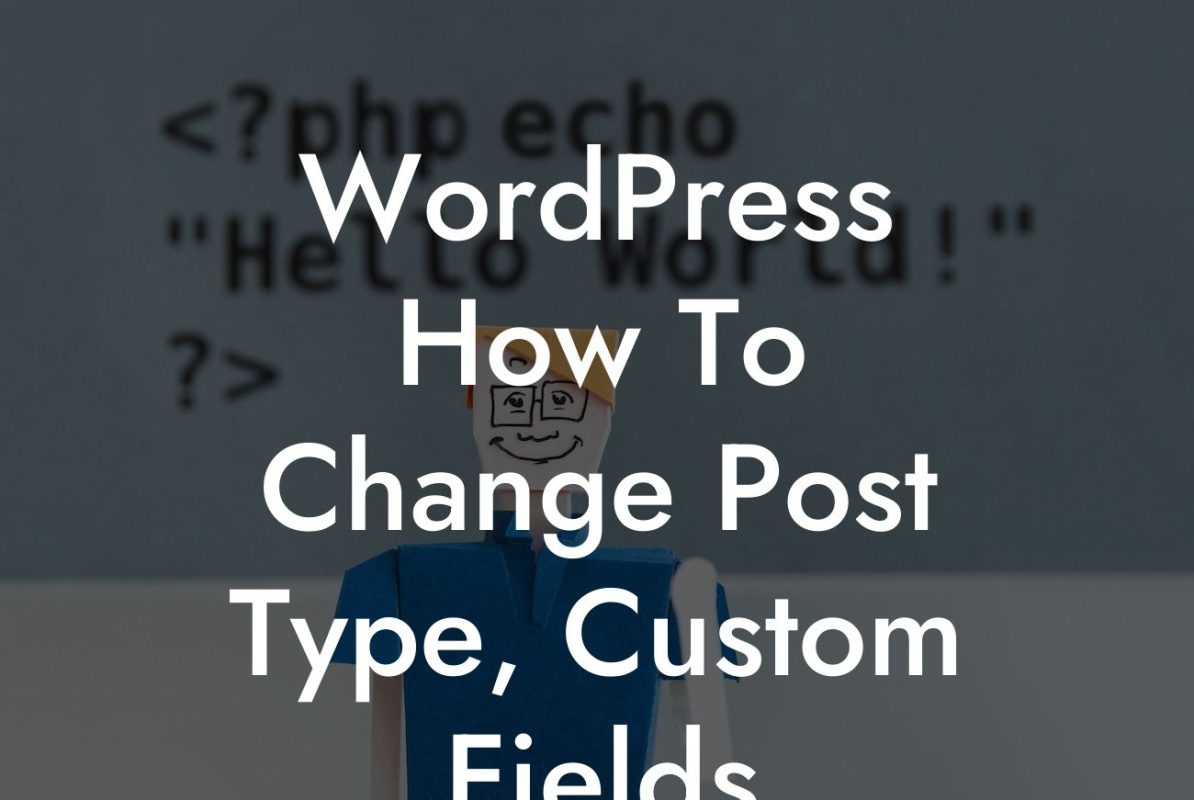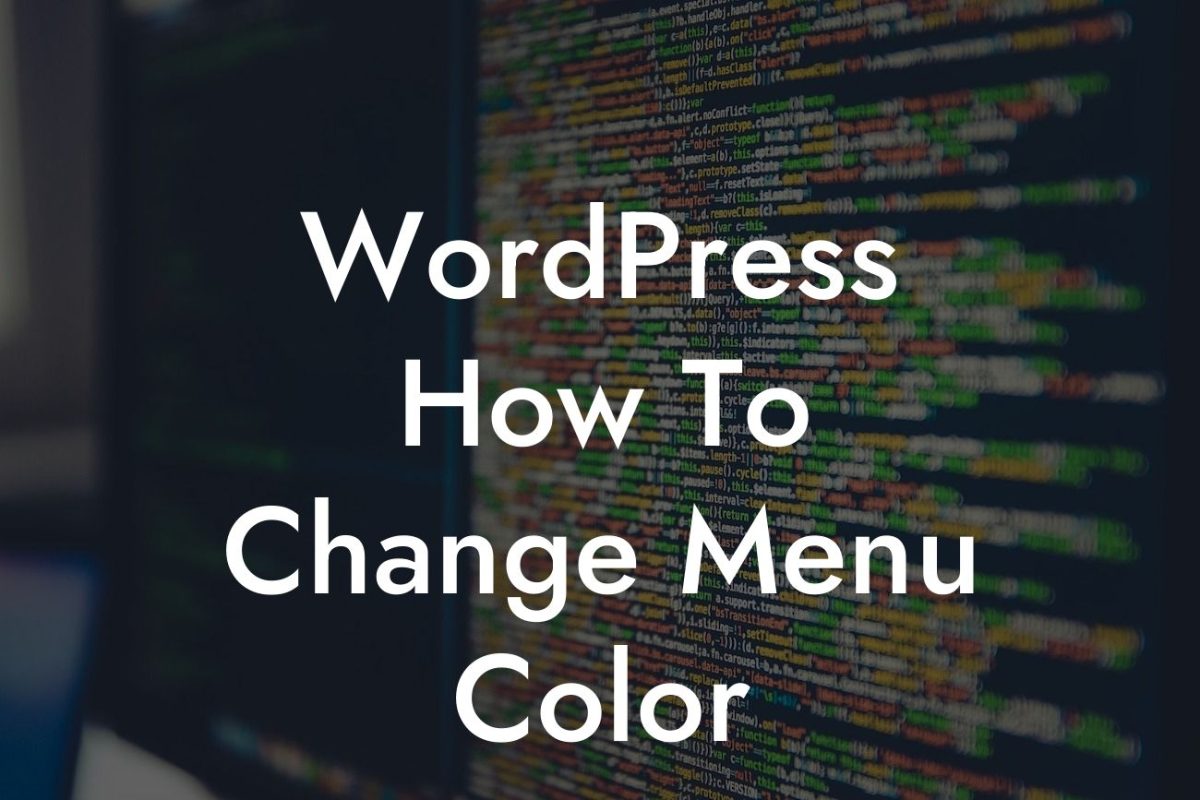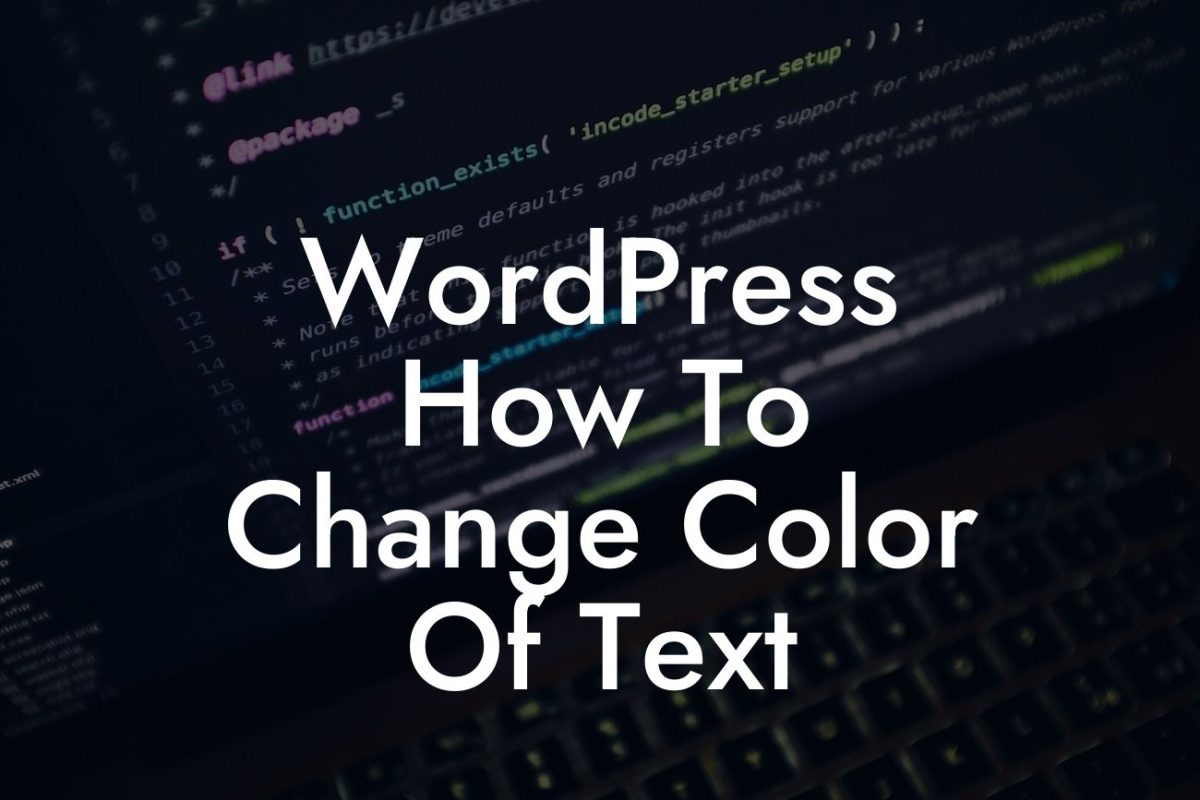Are you a small business owner or an entrepreneur using WordPress for your website? If so, you know how vital it is to make a strong online presence. One way to enhance your website's functionality and engage with your audience is by customizing the display of specific user's comments. In this article, we will guide you through the process of customizing the CSS of your WordPress comments section, allowing you to create a unique and user-friendly environment for your website visitors.
WordPress offers a default comment styling that might not always match your website's theme or branding. By customizing the CSS for specific user's comments, you can make them stand out, add personalized elements, or simply enhance the overall aesthetic appeal of your website. So, let's dive into the steps on how to achieve this.
1. Identify the Comments Section:
The first step is to identify the comments section on your WordPress website. Typically, you can find it on your blog posts or pages. Use the developer tools in your web browser to inspect the code and locate the comments section.
2. Create a Child Theme:
Looking For a Custom QuickBook Integration?
To ensure that your customizations won't be lost during WordPress theme updates, it is recommended to create a child theme. This way, any modifications you make will be stored separately from the parent theme, ensuring their longevity.
3. Locate the Specific User's Comments:
Once you have set up your child theme, you need to find the CSS selector for the specific user's comments. The selector allows you to target only the desired comments and apply custom styles to them. Use the developer tools to inspect the HTML elements of the comments section and identify the unique identifier or class associated with the targeted comments.
4. Modify the CSS:
Now that you have the CSS selector, it's time to customize the display of the specific user's comments. Open the style.css file of your child theme and add the necessary code to target the identified comments. You can change the background color, font style, add borders, or even incorporate your brand's colors.
Wordpress Css How To Customize Display Of Specific User'S Comments Example:
Let's consider an example where you run a marketing blog, and you want to highlight your guest experts' comments. You can modify the CSS by adding a background color to their comments, making them visually distinct from other users' comments. With a few lines of CSS, you can create a unique look for their comments and ensure their contributions stand out.
Congratulations! You have successfully learned how to customize the display of specific user's comments on your WordPress website. By personalizing the comments section, you create a cohesive and engaging environment for your audience. Don't stop here; explore other guides on DamnWoo to further enhance your WordPress website. Additionally, try one of our awesome plugins designed exclusively for small businesses and entrepreneurs. Share this article with others who might find it useful and let us know about your experience in the comments below!

